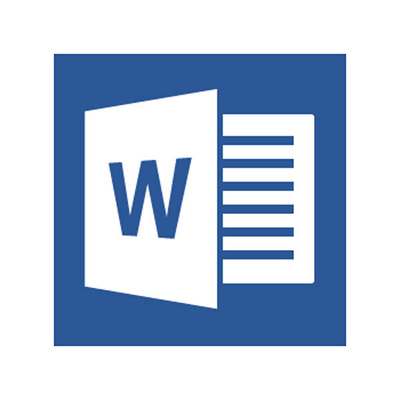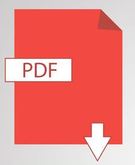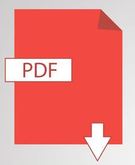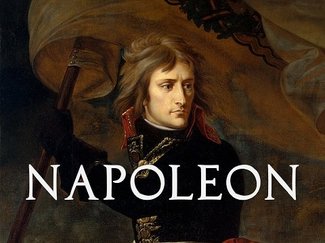The French Revolution is perhaps the most complex historical development that students will encounter in the AP European History course. In this unit, we will examine the problems causing the fall of the Old Regime and follow the French Revolution through its liberal, radical, and Napoleonic phases.
The Old Regime and the Estates General |
Due 1/6/17 |
In order to understand how the French Revolution changed France, one must first understand the way France was under the Old Regime. Although Louis XIV had done a great deal to build a French nation, France still remained in many ways a patchwork of regions dominated by clerics and aristocrats who made up the First and Second Estates. Due in part to tax exemptions enjoyed by the privileged classes, France found itself in a major financial crisis in the late 1780s, forcing the monarchy to call a meeting of the Estates General. When the Estates General was convened in 1789, it was convened under antiquated rules that Third Estate delegates found to be offensive. The failure of the Estates General was a watershed event in the French Revolution, opening the door for changes that were far more radical than any that had been proposed by the Third Estate delegates in 1789.
Primary Source Document(s)Students should read Voltaire's writings on the English Constitution and Abbe Sieyes' What is the Third Estate? before class meets.
|
TEXTBOOK READINGS: Kagan, 445-455, 547-550 OR Wood, 227-239, 285-287
Video Lectures Available on YouTube
After you've watched the videos, CLICK HERE to take a quiz!
|
The National Assembly and the Declaration of the Rights of Man |
Due 1/12/17 |
After the failure of the Estates General, the National Assembly convened and began swiftly enacting liberal reforms. Following the Great Fear and the storming of the Bastille in the summer of 1789, the National Assembly passed the August 4 Decrees and the Declaration of the Rights of Man and the Citizen. While the Declaration of the Rights of Man was heavily influenced by the classical liberal philosophy found in the writings of Thomas Jefferson and John Locke, it was also heavily influenced by the writings of Jean-Jacques Rousseau, whose idea of the social contract subordinated individualism to the "general will" of the nation. When seen as a dialogue between Jefferson and Rousseau, the Declaration of the Rights of Man both articulates the goals of the liberal revolution of 1789 while also foreshadowing the radical revolution of 1792-1794.
Women and the French Revolution Lecture Series
While the French Revolution was not a feminist revolution, the upheaval it created had a hand in bringing about the modern feminist movement. In the 18th century, women were still barred from the public sphere and the Enlightenment did little to change this; in fact, Rousseau defended traditional views of women in his educational treatise, Emile.
Women and the French Revolution
|
Marie Antoinette
|
Olympe de Gouges
|
Mary Wollstonecraft
|
Charlotte Corday
|
Concluding Remarks
|
The Radicalization of the French Revolution
Starting in 1791, the French Revolution began a period of radicalization, as the initial idea of a constitutional monarchy on the British model was abandoned in favor of a French Republic. The increasing influence of the Jacobin clubs led to the execution of Louis XVI and the election of the National Convention that would authorize the Reign of Terror.
E-Lecture Available on YouTube |
PowerPoint Presentation |
The Reign of Terror
|
The Reign of Terror (1793-1794) was the most radical phase of the French Revolution and the most memorable in spite of its brevity. The National Convention and Robespierre presided over this short period when the blade of the guillotine severed heads on a regular basis.
|
PowerPoint Presentation |
The French Directory
After the Thermidorian Reaction and the fall of Robespierre, the bourgeoisie reasserted control and limited the participation of the radical Parisian mobs that had been so influential during the Reign of Terror. Executive authority was wielded by five directors, from which this period from 1794-1799 got its name.
Napoleon
|
In 1799, Napoleon overthrew the Directory and dominated French politics until his final overthrow and exile in 1815. Napoleon's rule can be divided into the Consulate (1799-1804) and the French Empire (1804-1815). Some of his key political accomplishments were the Napoleonic Code, which gave France a uniform code of laws based on Roman Law, and the Condordat of 1801, which established Catholicism as the "majority religion" after a period of de-Christianization in the 1790s.
|
UNFINISHED PowerPoint PresentationThis unfinished PowerPoint is here for the benefit
of my students. At some point, I intend to give Napoleon the PowerPoint he deserves. |
Jacques-Louis David: French Neoclassical Painter
|
Jacques-Louis David's neoclassical paintings provide a full overview of the French Revolution, as David was an active participant in the French Revolution throughout all of its phases. Best known for his paintings of Napoleon, he spent his last years in exile in Brussels painting classical pieces and portraits of Bonapartist exiles.
|
PowerPoint Presentation |





